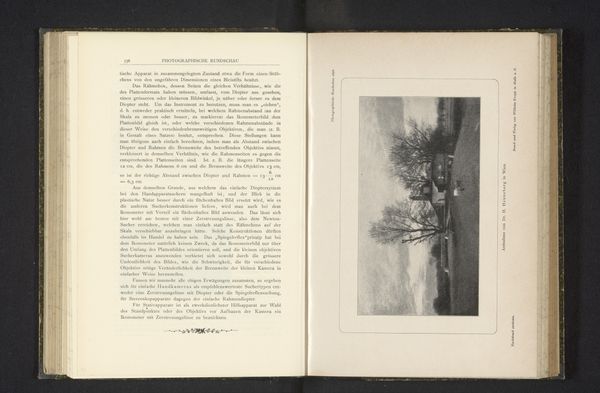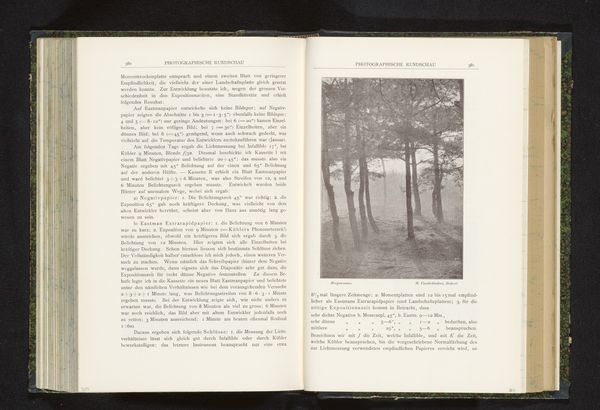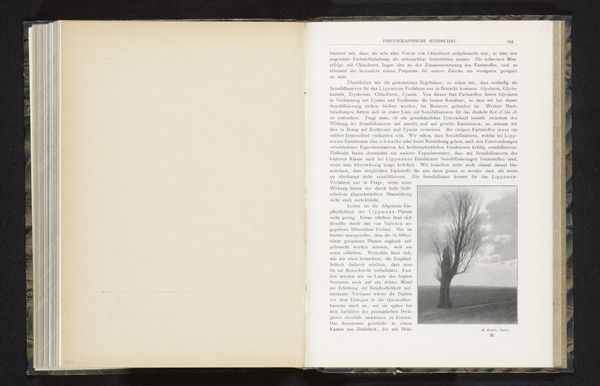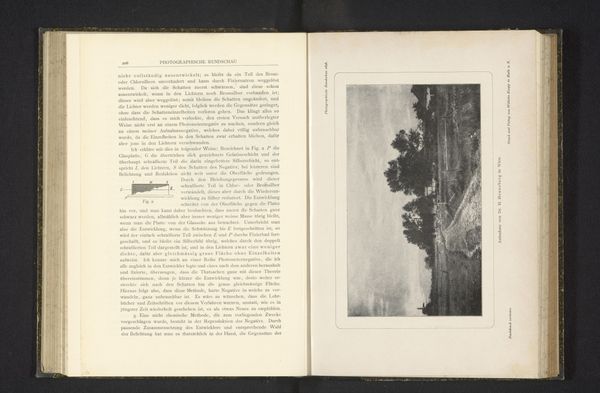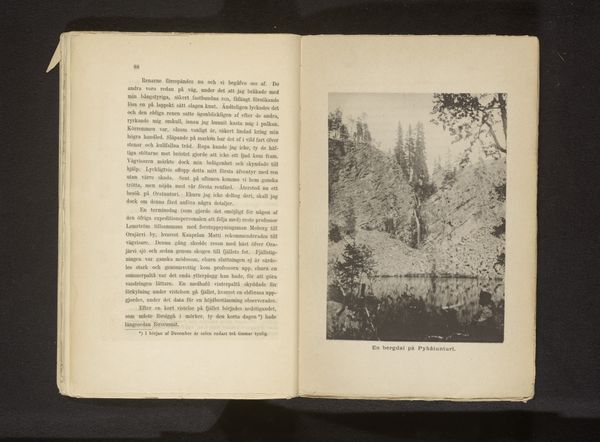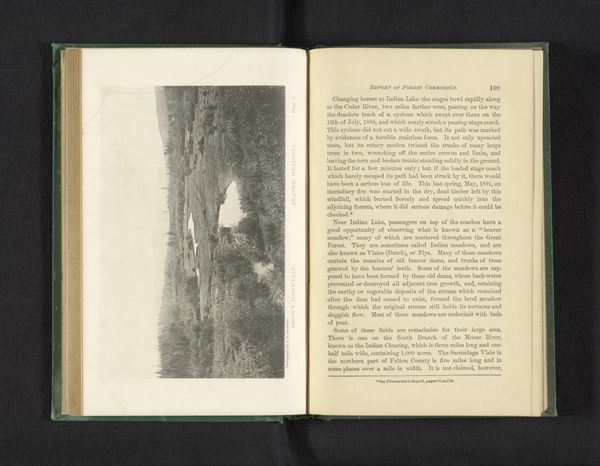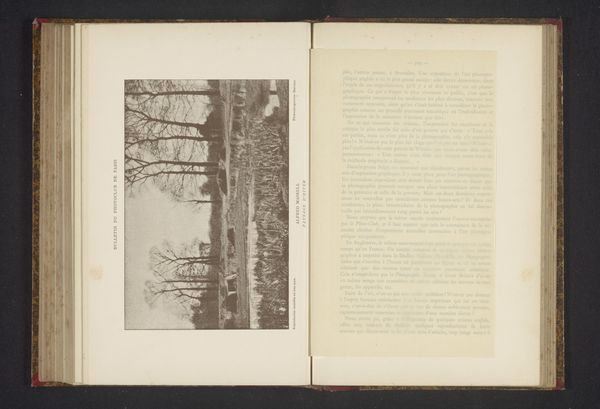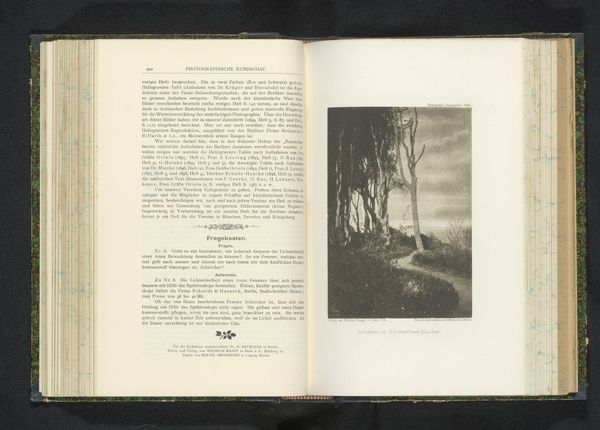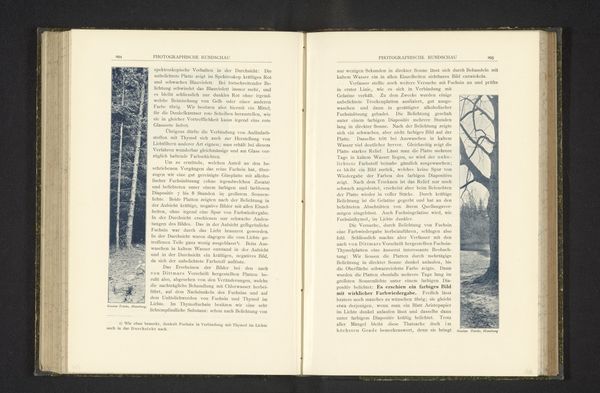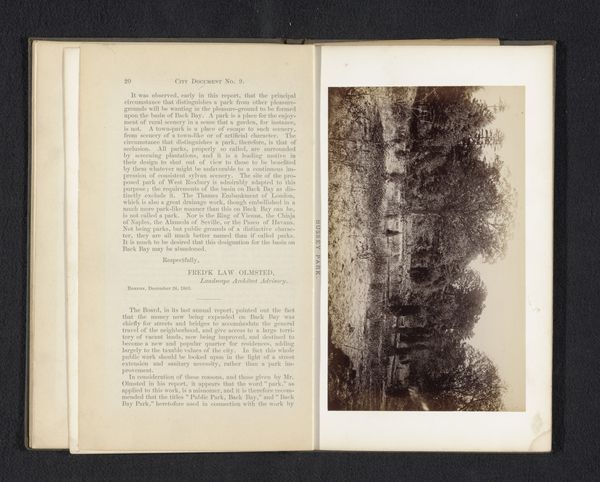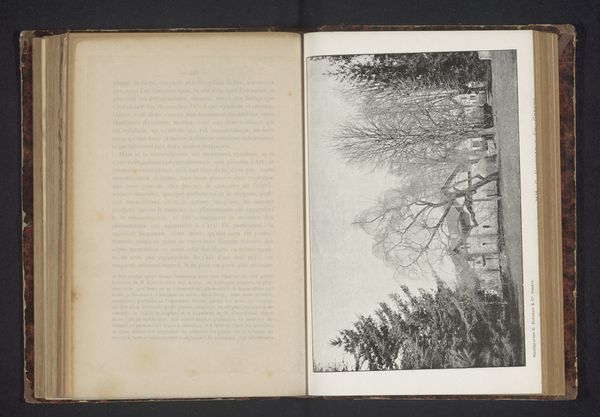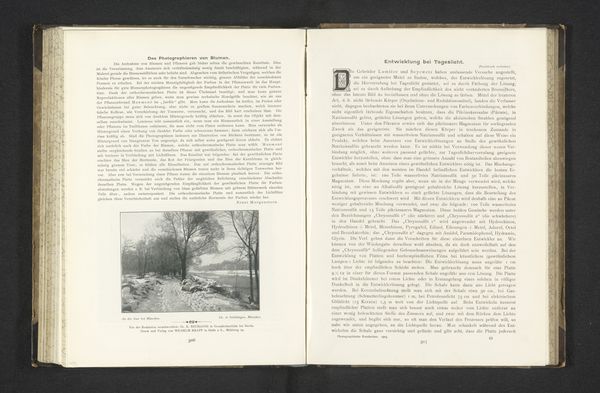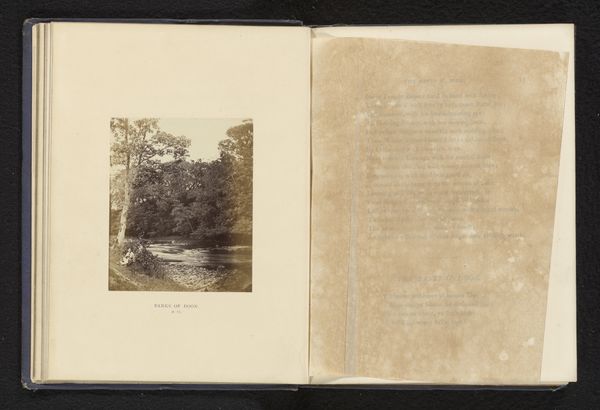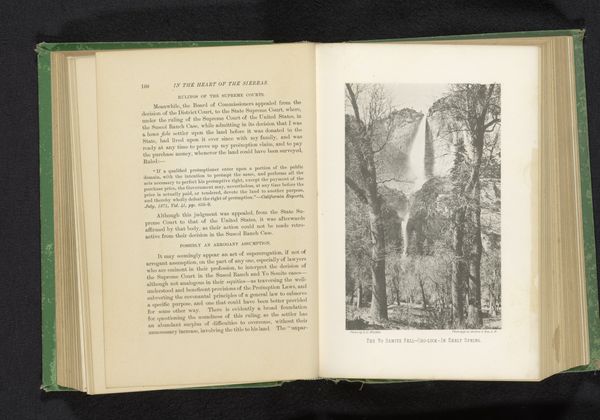
print, photography, gelatin-silver-print
#
pictorialism
# print
#
landscape
#
photography
#
gelatin-silver-print
Dimensions: height 149 mm, width 102 mm
Copyright: Rijks Museum: Open Domain
Curator: This gelatin silver print is titled "Landschap in de Kempen" by Romain Ickx, dating from before 1905. What strikes you about this image? Editor: There's a stillness. The tree—a lone birch, it seems—stands like a silent sentinel watching over the landscape. It feels melancholic, almost wistful. Curator: It’s a characteristic piece of Pictorialist photography, and there’s an attempt to elevate photography to the level of painting. Consider the formal construction. Ickx uses soft focus and tonal manipulation. This was done to mimic the aesthetic qualities of painting. Editor: Definitely. The soft focus lends that dreamlike quality, blurring the lines between reality and memory. Makes you wonder about what Ickx wanted to capture here. Was it just the landscape itself, or something more? Curator: During that era, particularly in Belgian photography, a significant drive was to establish photography's artistic legitimacy within art institutions. Images of the rural landscapes were seen as inherently "Belgian," representing an idealized version of national identity. Editor: It is interesting to me to think that someone thought that landscape represents "Belgianness". But now, I can't shake the idea that, despite its peaceful appearance, the photo hides the social and economical difficulties of the turn of the century. Curator: You've hit upon a very critical point. These idealized scenes mask social realities such as the hardship faced by farmers. They mask, too, class and gender hierarchies. Editor: Looking again, I almost feel as though the stark whiteness of the birch's trunk cuts through that dreamlike effect, and grounds it slightly in some harsher reality. Curator: A final thought. Examining artwork like "Landschap in de Kempen," forces us to critically re-evaluate history. Editor: Yeah, you never really see the same image twice, do you? The dialogue kind of shifted the whole landscape for me.
Comments
No comments
Be the first to comment and join the conversation on the ultimate creative platform.
